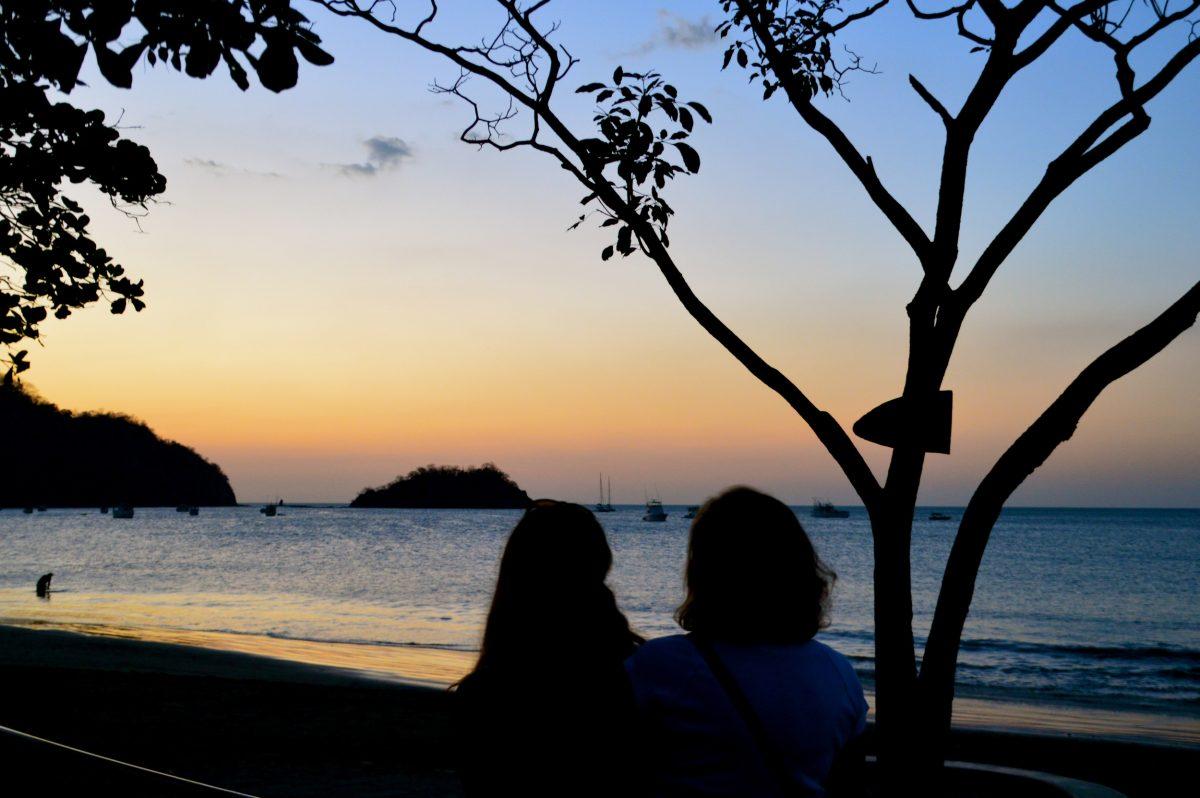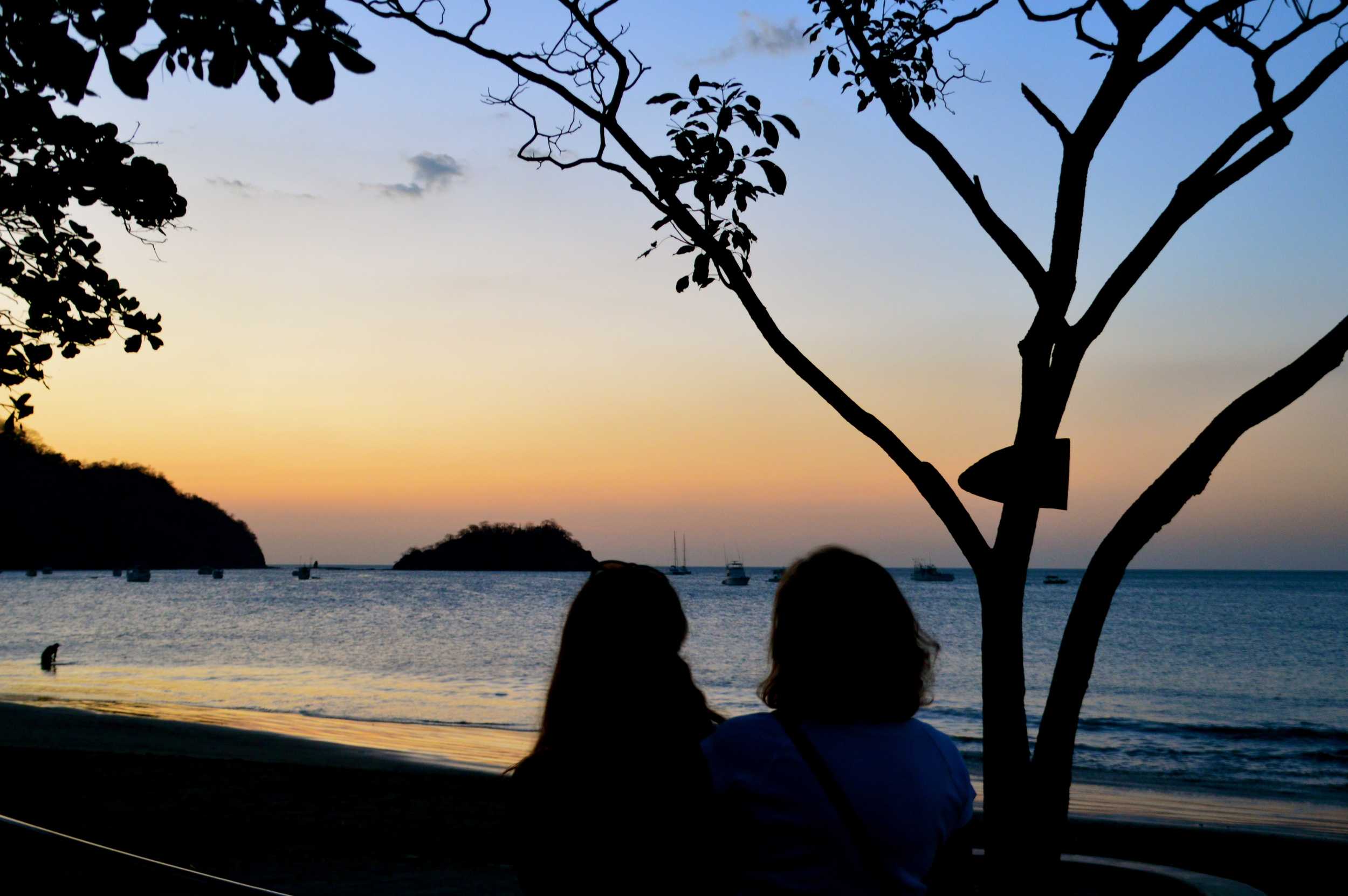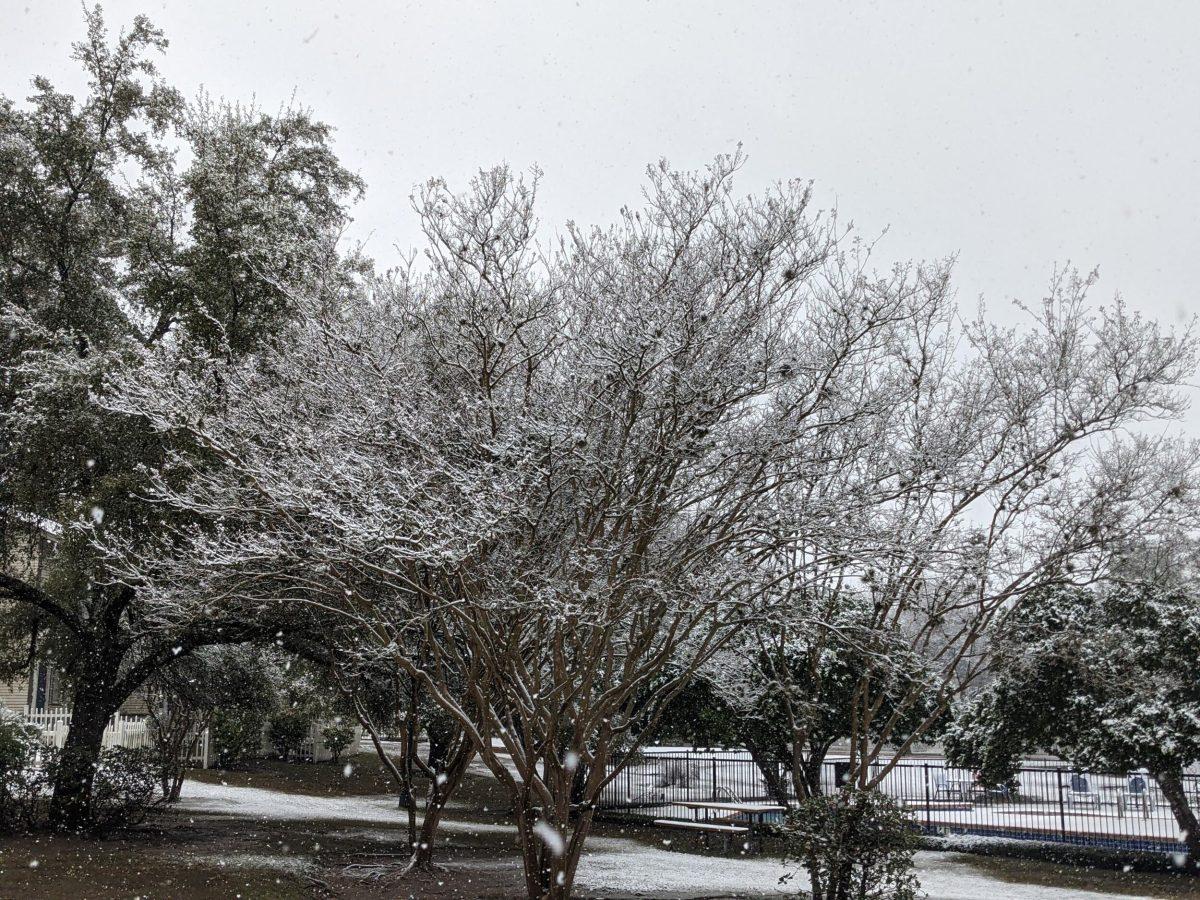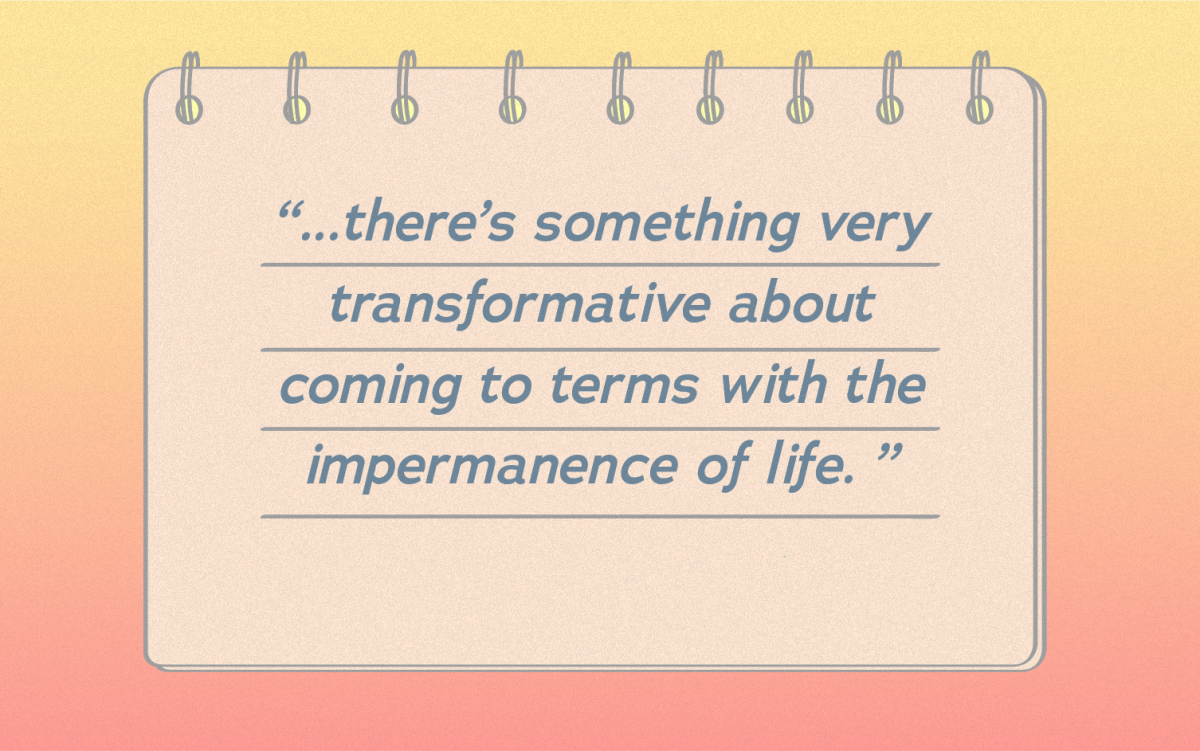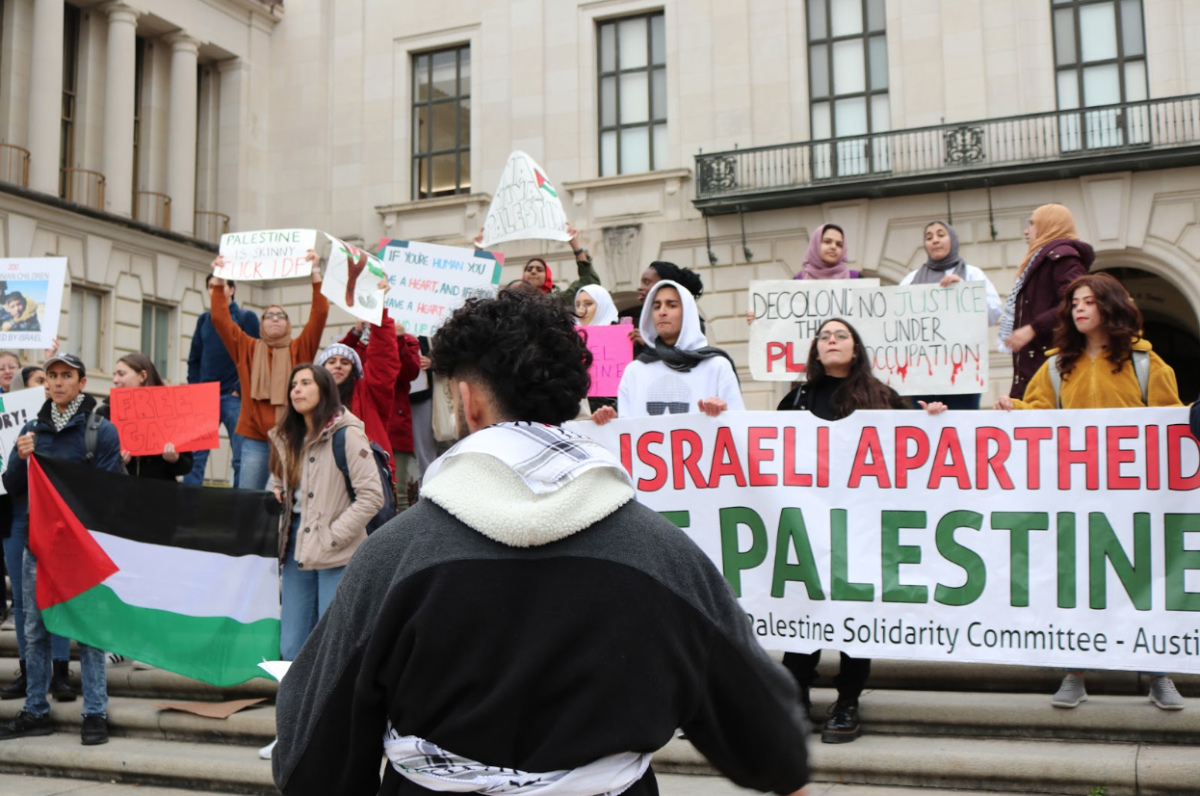“Follow me this way, I need to talk to you a little bit.”
Our shuttle guide Marcus was trying to usher our hodgepodge mix of travelers into a group. He waved excitedly and murmured thickly-accented greetings to each new arriving member, intermittently calling saludos to the other drivers over his shoulder. I followed him away from the baggage claim carousel, dragging my suitcase and my friend Kelsey behind me.
I glanced around at our group, 15-or-so acquaintances we would have for the hour-long ride to our hotel. They were primarily American and newlywed, plus two elderly sisters from Moscow.
We gathered around Marcus as he stood in front of a large floor-to-ceiling window. Over the wide span of concrete and the intersecting paths of incoming and outgoing planes, I could see the hazy green outline of lush mountains on the horizon. I turned and squeezed Kelsey’s arm in excitement.
Twelve hours of layovers, cramped seats and airport food and we were finally here.
“Okay, so I have question for you,” Marcus said, and my attention was again redirected. “Your driver there, Pacho, he wants to stop at a little place, maybe five minutos from airport? But I need to ask you first. Do you care for stopping a short stop for beer?”
I stifled a laugh and looked around. All the faces politely concealed a stunned look, and all mouths murmured, “Sure.” We laughed under our breath as we hauled our luggage out to the van, reveling in the first of what we knew would be many adventures. Welcome to the famously relaxed country of Costa Rica.
Forty-five minutes down the road, I was cradling my head in my hands to keep the carsick feelings at bay, as we jostled potholes and lurched over speed bumps. I managed a glance out the window, and saw the same scenery we had been passing since we first hit the slightly graveled road outside the airport: tall trees, ample leaves, cows, horses, and neighborhood markets—vibrant hues of green, yellow, orange and pink. But then we were turning, off the gravelly road, away from the familiar scenery. I looked up to see a short metal gate and a wide, pastel-painted brick wall. Through the gate I saw smooth pathways, ornately lined with tropical flowers and lush greenery, a stark contrast to the houses and roads outside that all seemed to be covered by a thin layer of dust. Where had this place come from? This whole area appeared to have leapt out of nowhere. A huge tiered building was barely visible through the gaps in the trees. I wondered how we had not noticed it before.
But then we were through, and the gate closed firmly behind us. We were rushing down the curved pathways at the same jarring speed, wheeling jerkily around every turn. We hurdled to a stop under an elaborate overhang, intricately embellished with paintings of tropical vines and flowers. As Pacho unloaded our suitcases from the bus, a flattened can of Imperial tucked into his back pocket, a man emerged from the entryway with a tray of brightly colored drinks. “Bienvenidos a Riu Guanacaste.” Bewildered, we took them, excited to be treated so favorably.
Riu Guanacaste was a huge resort, set on the Pacific Coast and boasting traditional Costa Rican architecture of stucco walls, hand-painted florals, and a tropical color scheme. And yet we did not expect how surprisingly and humorously Americanized the culture would be inside the walls of the resort: the poolside music was America’s Top 50, the food consisted of Asian and Italian options, and the entertainment centered around themes like Las Vegas or Michael Jackson. I had come to Costa Rica expecting the beautiful and adventurous world I had seen on postcards and magazines, but instead felt transported back to the states, hidden away in some remote beach.
It didn’t take long for the novelty of this unexpected experience to wear off, and we soon began to enjoy ourselves. We made friends with some of the beach vendors, using my ‘intermediate level’ Spanish skills to peek over the language barrier, and talking with them about the creations they sold from neat wooden huts. We explored the coastline, leaping over rocks and marveling at the large spindly trees whose branches reached like spider’s legs over the water.
Soon we had made ourselves at home inside the resort. We knew a handful of the staff by name, even bantered back with the waiters who called themselves our Costa Rican novios. One of our newfound friends on the entertainment team was named Otto, an intern from Mexico who said his city was “home town to tequila and mariachi.” He had been in Costa Rica a short time and was working four months without pay just for the sake of traveling. He was our favorite of all the colorful and surprising friends we made.
We also managed to venture out into the country occasionally. One day our group decided to take a trip to the rainforest, and found ourselves on a spontaneous ziplining adventure. We soared through the blistering heat from treetop to treetop, landing on precarious platforms that were at times no bigger than a card table. Howler monkeys, small and jet-black, swung from branch to branch beside us, letting out a screech that was both jarring and harmonious. On our visit to the nearby town of Coco Beach, we wandered up and down a small dirt road lined with local restaurants and shops. At the end of the road we hit the coastline, and watched as the sun sank behind the mountains and trees that perfectly framed the horizon.
The sun’s absence filled the sky with radiant shades of pink and purple, the likes of which I have yet to find back in America. There is something about the peace of Costa Rica that makes all things seem more vibrant. Perhaps it is because people take time to slow down and appreciate them, even the trivial details that we so often blow past without notice. The motto in Costa Rica is pura vida, which is a flawless way to describe the mindset of the country. Life is pure, beautiful, and deserves our care and attention.































